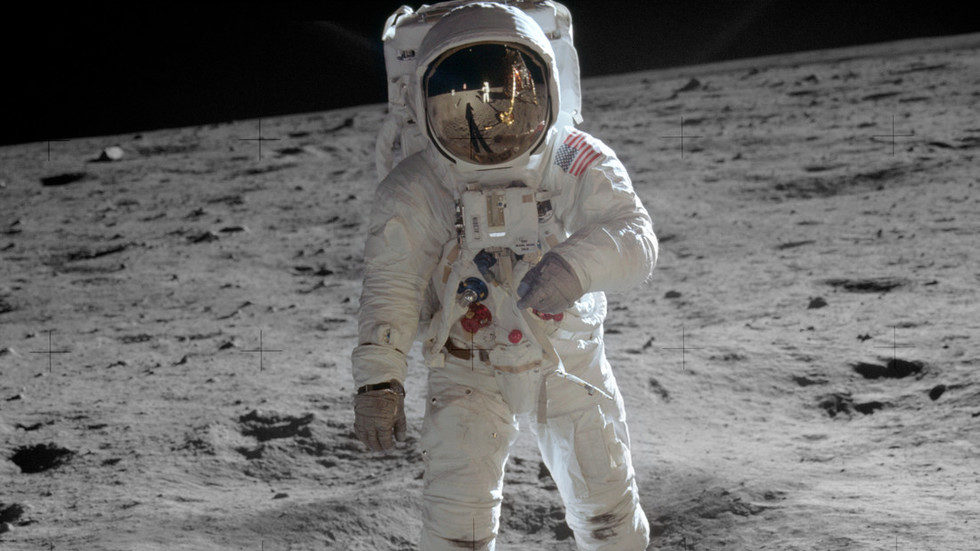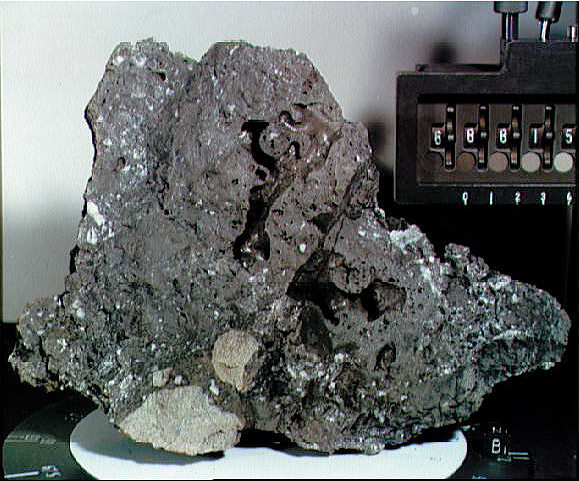
© @ NASAIconic photo of astronaut Buzz Aldrin taken by Neil Armstrong during the Apollo 11 mission.
The head of the Russian space agency may joke about 'verifying' if the Americans landed on the moon, but there are no doubts for one Russian scientist, who weighed in on the decades-long conspiracy debate.
The claim that NASA never landed astronauts on the moon and that evidence to the contrary was fabricated is among the most pervasive in popular culture and has been a point of fierce debates.
Dmitry Rogozin, Russia's space chief, even recently joked that Russia's future lunar missions will give the country an opportunity to check whether Neil Armstrong's footprints are actually out there.
That aside, people who actually study the moon for a living believe there is no need to launch spaceships just to prove the success of the Apollo program.
Fabricating a lunar landing would probably be technologically impossible and anyway economically unnecessary, told RIA Novosti Yury Kostitsyn.
The man heads the Institute of Analytical Chemistry, which is directly involved in developing sensors for space and was part of the Soviet robotic study of the moon.
"Faking the landing of the American astronauts to the Moon would have been more complex and expensive than actually doing it," the scientist assured.
The key piece of evidence in his own field of knowledge is the moon soil, which the Americans said to have retrieved.
It was studied in labs of many countries, including the USSR, and it's definitely not from this planet.

© NASA via AFPA lunar sample collected during the Apollo 16 mission.
"Falsifying moon soil is impossible. The Americans brought back to Earth about 300 kilos of it, most of it basalt," he explained. "
We have basalts on Earth too, but they are significantly different from the lunar ones in their chemical composition, properties, and structure. There are no rock formations older than 3.7 billion years, and what the Americans brought is over 4 billion years old, comparable to the age of the solar system." (NB. There
are actually rocks of earth origin dated over 4bn years, but the ones brought from the Moon are still older.)
So unless there is a secret ageing machine hidden somewhere in Los Alamos, the quickest way to get some really old rocks is to go to space and grab some.
"There is nothing to argue about Americans landing on the moon between 1969 and 1972," Kostitsyn stressed.
"You won't hear a single cosmonaut say they didn't."That aside, more secrets of our closest 'neighbor' could be discovered
soon after China blasted off a lunar rover on a historic mission to explore the far side of the moon. Earlier this year Russian space agency Roscosmos also announced that Moscow and Beijing have agreed to create a joint data center for lunar and deep space projects.
In 2016, Russian space rocket giant Energia
announced plans to create a reusable space vehicle to shuttle cargo and crews between the Space Station and the moon.
The third belt was discovered after 'the moon landing'.
Why is the Orion project team unable to design something that will allow their spacecraft and equipment to travel through the Van Allen Belts? Although the original spacecraft for the moon landing went through since 1969?
I was in Johnson City, Texas. I was ushered to enter the vessel they said took part in the moon landing.
My co-worker and I barely fit in the 'cockpit'. How did they get anything else to take to the moon?
Was it taken piggy-back, attached to the outside of the craft?
I visited an old American military base, which was condemned in the late fifties.
The abandoned equipment looked a whole more recent that what I saw in the moon-landing craft.
How come?
Shalom